In this new “Y-sterned” canoe, the well-known wood-and-canvas canoe builder Jerry Stelmok has taken a rock-solid design, the E.M. White 20-footer, and adapted it well for a broad range of uses. It can carry a small motor on its narrow transom, it can be rowed very successfully from two stations, it can be poled with ease, and, of course, it may be paddled. It can carry much gear and still handle well, which makes it ably suited for fishing, perhaps its best use. This boat may be built by those who have some boatbuilding experience, or it may be purchased as a finished boat from Stelmok.Edward M. White was a superb canoe builder operating in central Maine in the late 19th and early 20th centuries. His wood-and-canvas canoes were and still are held in high esteem by many who use them. Contemporary canoe builder Jerry Stelmok, also from central Maine, whom many consider the dean of the modern-day wood-and-canvas canoe revival, builds boats to E.M. White designs. He builds this Y-sterned model by using his E.M. White 20' canoe form and closing in the stern of the canoe above the waterline with a transom rather than a conventional stem. The stem, however, remains below the waterline (unlike a simple square-sterned canoe); the hull, therefore, moves through the water like a conventional canoe, with the added benefit of a transom.Stelmok attaches the gunwales to the transom while the hull is on the form. Then the hull is pulled from the form in the usual manner and completed before canvasing. To build this boat in this manner, you must first build a labor-intensive form that gives the boat its shape and provides a backing for attaching planks to the steam-bent ribs. If you are lost at this point, this may not be the boat for you!
Join The Conversation
We welcome your comments about this article. To include a photo with your remarks, click Choose File below the Comment box.


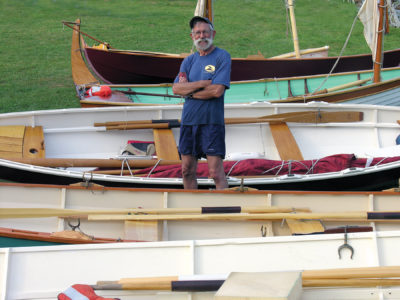
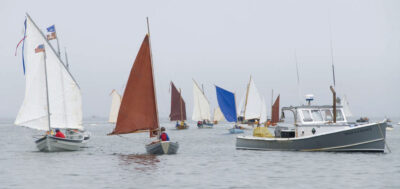
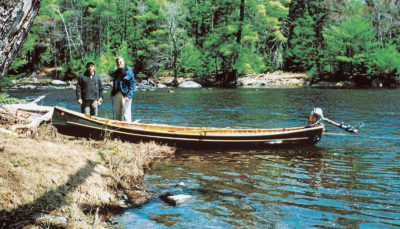
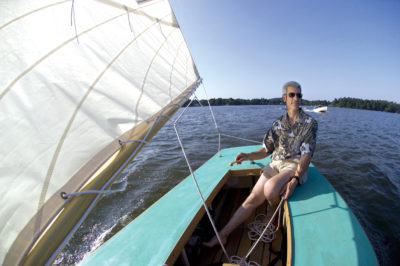
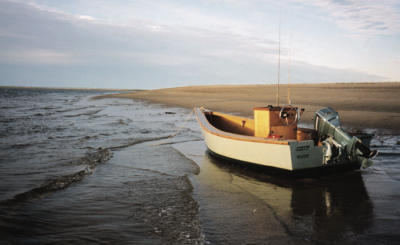
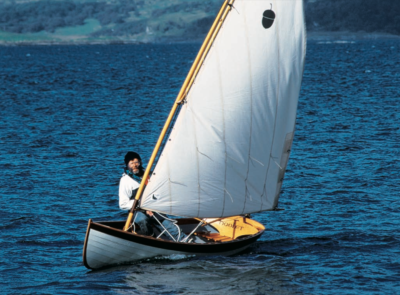
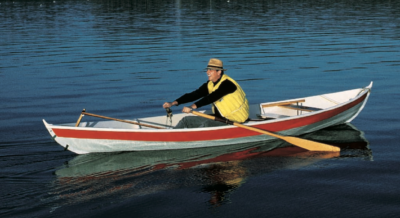
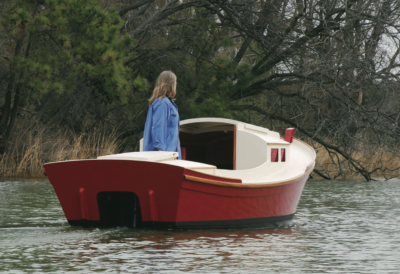
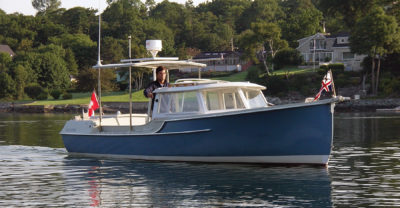
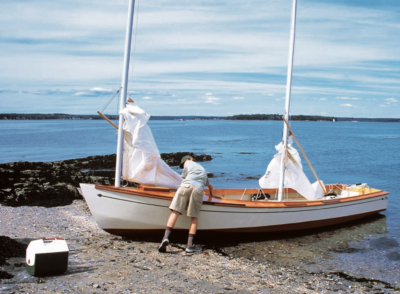


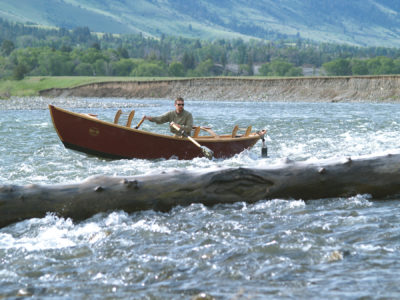
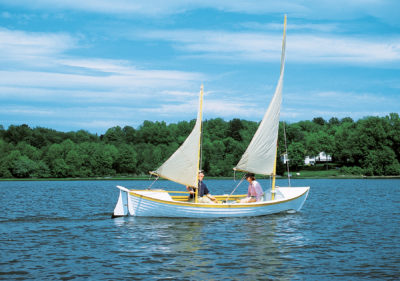

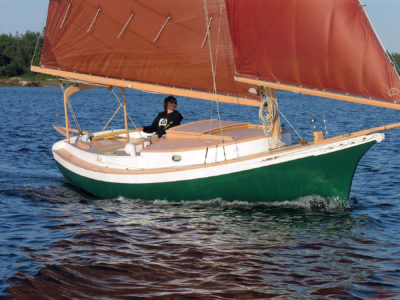
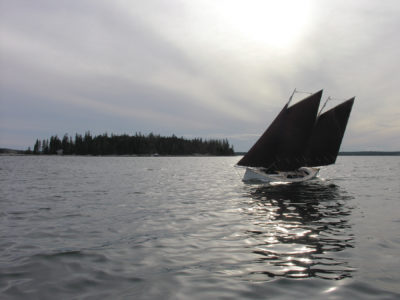
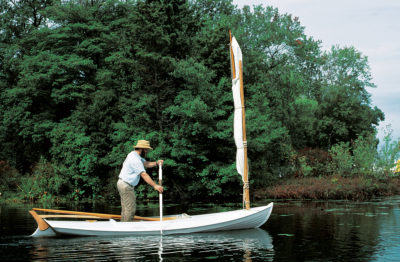
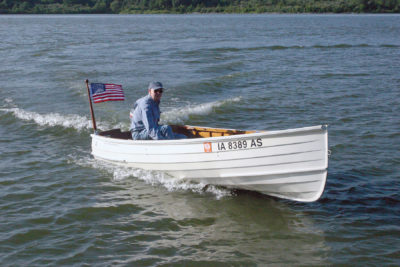
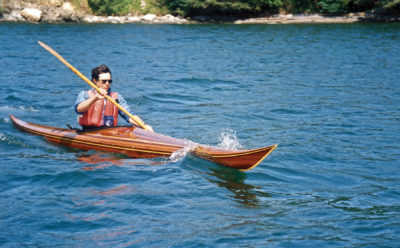
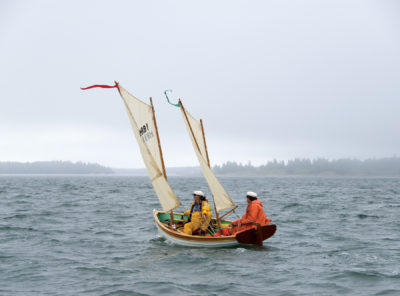
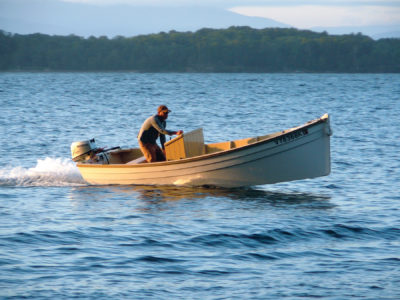
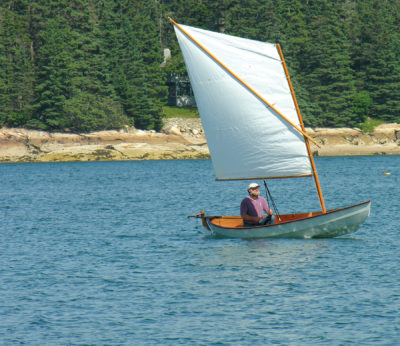
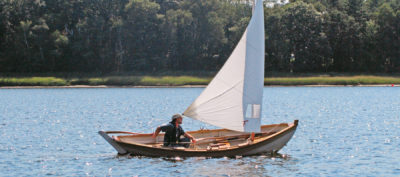
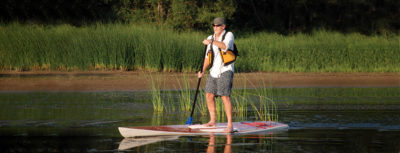
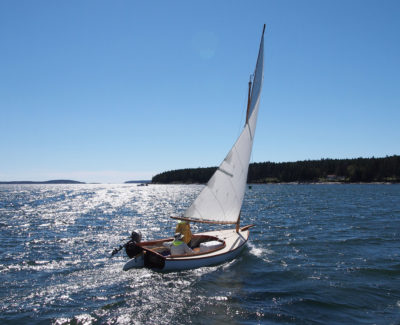
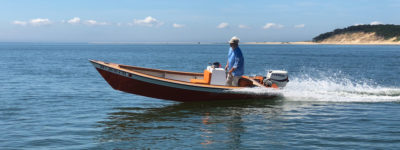
It sounds very interesting, but to be honest, I’m confused about the concept. If the transom has no influence under the waterline, the boat will not handle the outboard better then any other normal canoe. It will get out of balance.
With a traditional(?) OB canoe, the hull is chopped off to provide a transom that alters the underwater profile. This design chops the hull at the aft end of the waterline and flares the hull lines above the waterline to allow a transom wide enough for the transom.
I think Gerald is right. A Y transom, with it’s fine exit, won’t have the flotation to support an outboard hanging off the rear end. Especially if there’s a fat fella in the capt’s seat.
Ifn you want a motor on this boat, it’d need to be loaded like a freighter. You, a missus, and a weeks worth of camping gear including an actual kitchen sink.
But it sounds like it was designed exactly that way. Wider beam and higher freeboard: this baby was built to carry weight.
Very easy on the eye and highly utilitarian. Because of the overhead of canvas construction, particularly for a one-off, I’d be tempted to adapt this for glued-lapstrake construction.
First thing I thought of was, “What about a skin-on-frame version?”
It’d shake like a flag.
I am fascinated by designs that were conceived to accommodate the needs of the outdoorsman, (hunting and fishing). Although many of these designs are still being built by modern craftsmen, few ever see their intended use, due to being “too pretty”! I’d love to see one of these loaded down with decoys, a wet muddy dog, and shotgun-armed duck hunter! Although nostalgic, I feel that some of these old designs are still relevant!
I want this boat.
Yes , I want this boat badly.
Please build me this boat.
I need it .